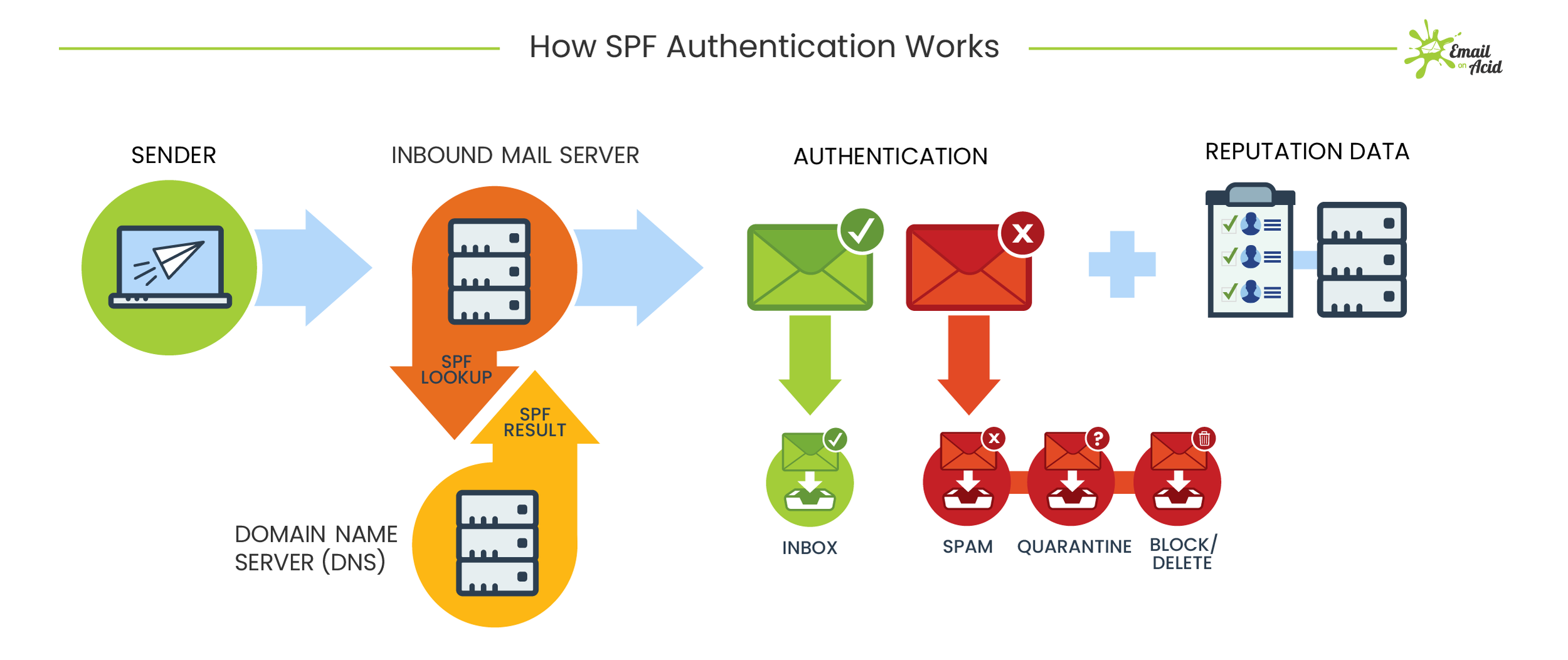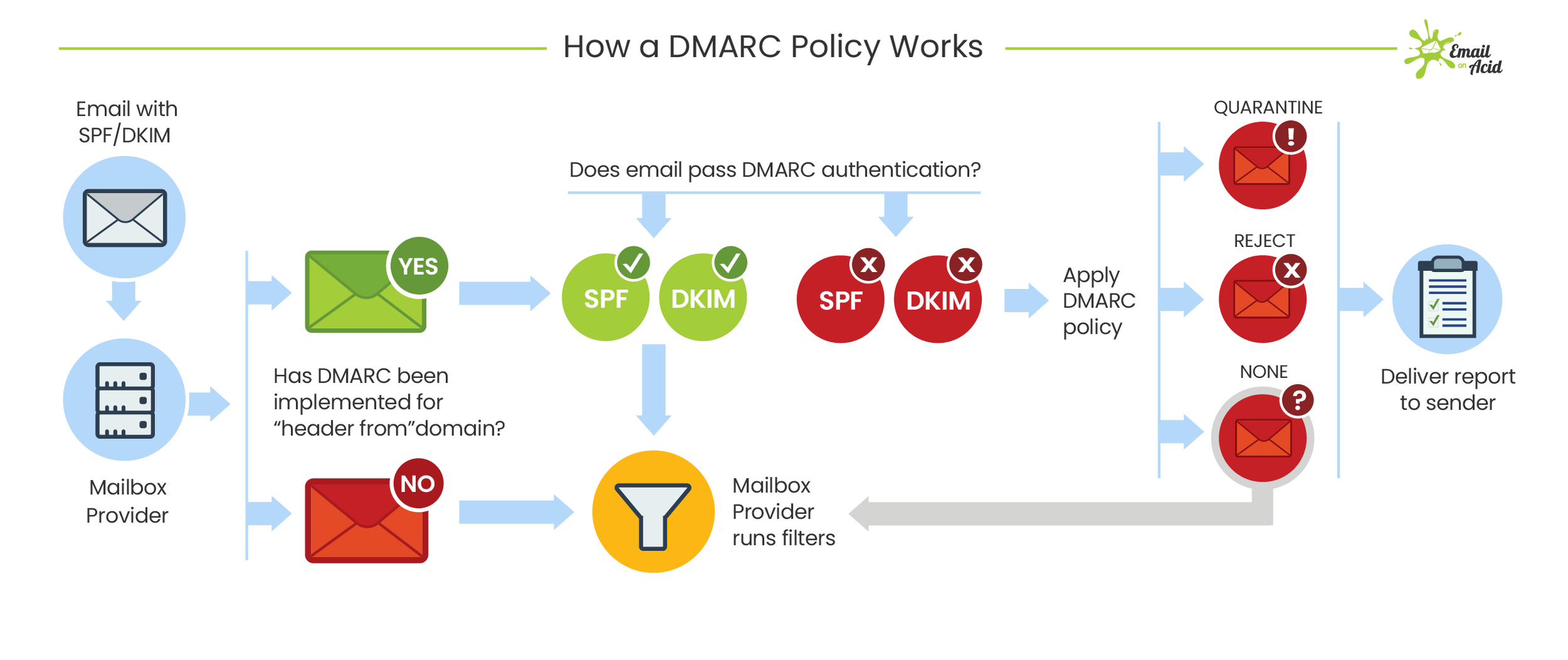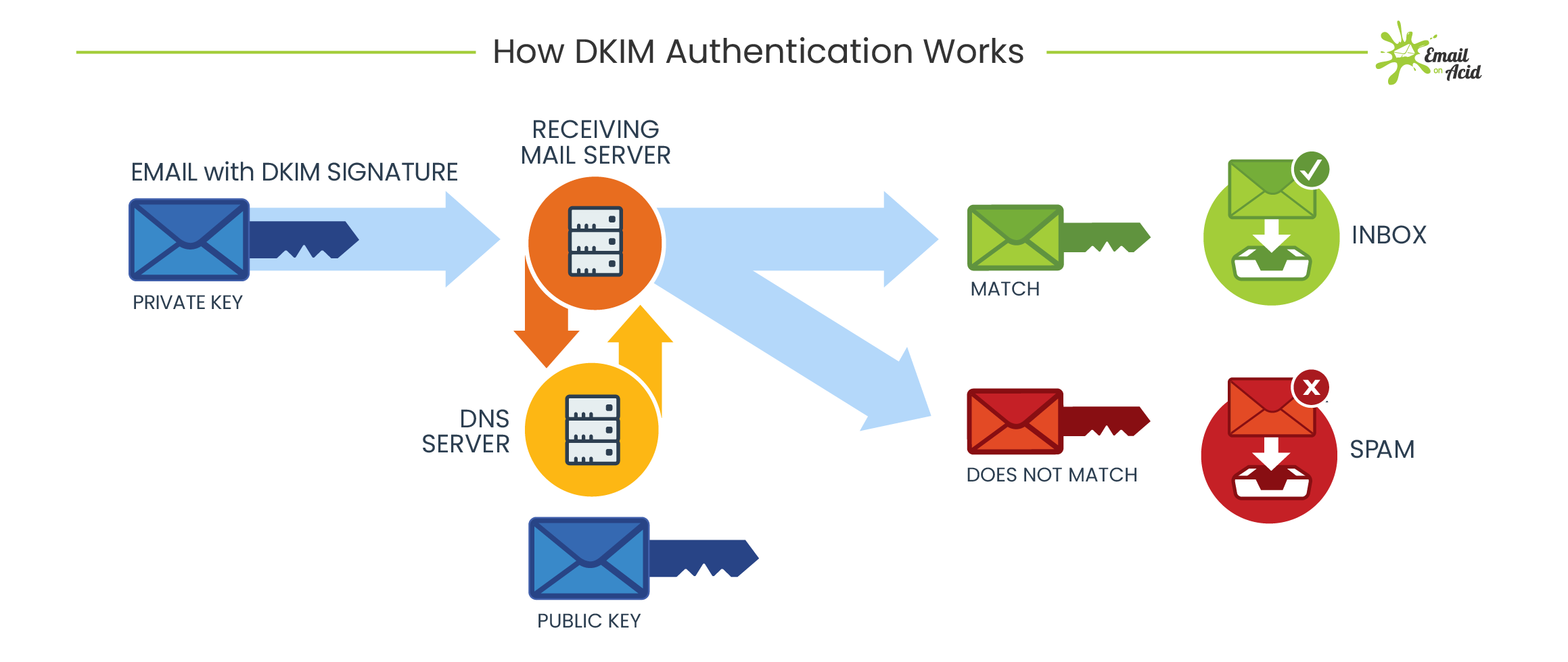User education
One way to protect your organization from phishing is user education. Education should involve all employees. High-level executives are often a target. Teach them how to recognize a phishing email and what to do when they receive one. Simulation exercises are also key for assessing how your employees react to a staged phishing attack.
Security technology
No single cybersecurity technology can prevent phishing attacks. Instead, organizations must take a layered approach to reduce the number of attacks and lessen their impact when they do occur. Network security technologies that should be implemented include email and web security, malware protection, user behavior monitoring, and access control.
How does phishing work?
Phishing starts with a fraudulent email or other communication that is designed to lure a victim. The message is made to look as though it comes from a trusted sender. If it fools the victim, he or she is coaxed into providing confidential information, often on a scam website. Sometimes malware is also downloaded onto the target’s computer.
What are the dangers of phishing attacks?
Sometimes attackers are satisfied with getting a victim’s credit card information or other personal data for financial gain. Other times, phishing emails are sent to obtain employee login information or other details for use in an advanced attack against a specific company. Cybercrime attacks such as advanced persistent threats (APTs) and ransomware often start with phishing.
Types of Phishing
Deceptive Phishing. The term "phishing" originally referred to account theft using instant messaging but the most common broadcast method today is a deceptive email message. Messages about the need to verify account information, system failure requiring users to re-enter their information, fictitious account charges, undesirable account changes, new free services requiring quick action, and many other scams are broadcast to a wide group of recipients with the hope that the unwary will respond by clicking a link to or signing onto a bogus site where their confidential information can be collected.
Malware-Based Phishing refers to scams that involve running malicious software on users' PCs. Malware can be introduced as an email attachment, as a downloadable file from a web site, or by exploiting known security vulnerabilities--a particular issue for small and medium businesses (SMBs) who are not always able to keep their software applications up to date.
Keyloggers and Screenloggers are particular varieties of malware that track keyboard input and send relevant information to the hacker via the Internet. They can embed themselves into users' browsers as small utility programs known as helper objects that run automatically when the browser is started as well as into system files as device drivers or screen monitors.
Session Hijacking describes an attack where users' activities are monitored until they sign in to a target account or transaction and establish their bona fide credentials. At that point the malicious software takes over and can undertake unauthorized actions, such as transferring funds, without the user's knowledge.
Web Trojans pop up invisibly when users are attempting to log in. They collect the user's credentials locally and transmit them to the phisher.
Hosts File Poisoning. When a user types a URL to visit a website it must first be translated into an IP address before it's transmitted over the Internet. The majority of SMB users' PCs running a Microsoft Windows operating system first look up these "host names" in their "hosts" file before undertaking a Domain Name System (DNS) lookup. By "poisoning" the hosts file, hackers have a bogus address transmitted,taking the user unwittingly to a fake "look alike" website where their information can be stolen.
System Reconfiguration Attacks modify settings on a user's PC for malicious purposes. For example: URLs in a favorites file might be modified to direct users to look alike websites. For example: a bank website URL may be changed from "bankofabc.com" to "bancofabc.com".
Data Theft. Unsecured PCs often contain subsets of sensitive information stored elsewhere on secured servers. Certainly PCs are used to access such servers and can be more easily compromised. Data theft is a widely used approach to business espionage. By stealing confidential communications, design documents, legal opinions, employee related records, etc., thieves profit from selling to those who may want to embarrass or cause economic damage or to competitors.
DNS-Based Phishing ("Pharming"). Pharming is the term given to hosts file modification or Domain Name System (DNS)-based phishing. With a pharming scheme, hackers tamper with a company's hosts files or domain name system so that requests for URLs or name service return a bogus address and subsequent communications are directed to a fake site. The result: users are unaware that the website where they are entering confidential information is controlled by hackers and is probably not even in the same country as the legitimate website.
Content-Injection Phishing describes the situation where hackers replace part of the content of a legitimate site with false content designed to mislead or misdirect the user into giving up their confidential information to the hacker. For example, hackers may insert malicious code to log user's credentials or an overlay which can secretly collect information and deliver it to the hacker's phishing server.
Man-in-the-Middle Phishing is harder to detect than many other forms of phishing. In these attacks hackers position themselves between the user and the legitimate website or system. They record the information being entered but continue to pass it on so that users' transactions are not affected. Later they can sell or use the information or credentials collected when the user is not active on the system.
Search Engine Phishing occurs when phishers create websites with attractive (often too attractive) sounding offers and have them indexed legitimately with search engines. Users find the sites in the normal course of searching for products or services and are fooled into giving up their information. For example, scammers have set up false banking sites offering lower credit costs or better interest rates than other banks. Victims who use these sites to save or make more from interest charges are encouraged to transfer existing accounts and deceived into giving up their details.











